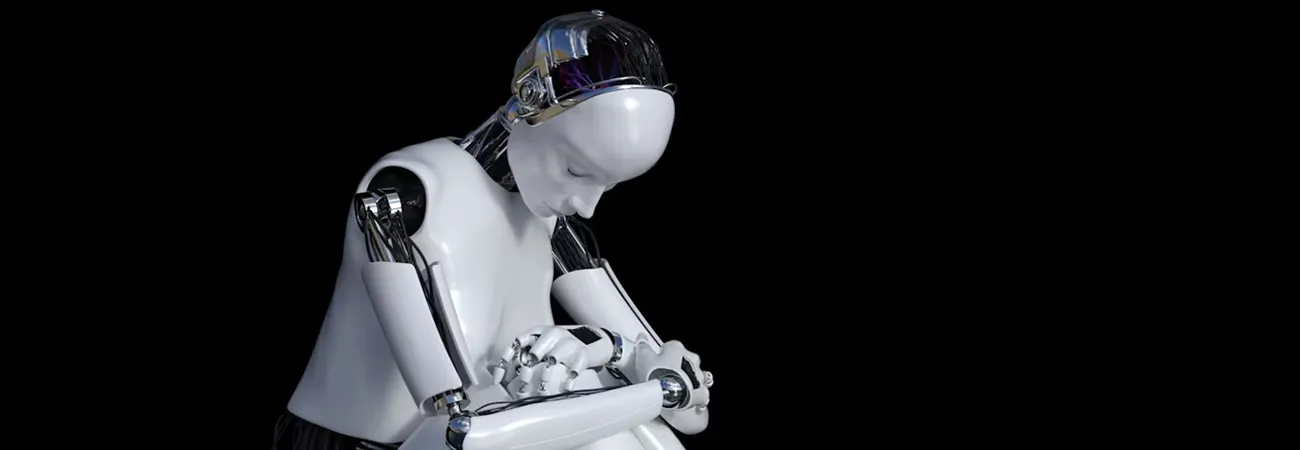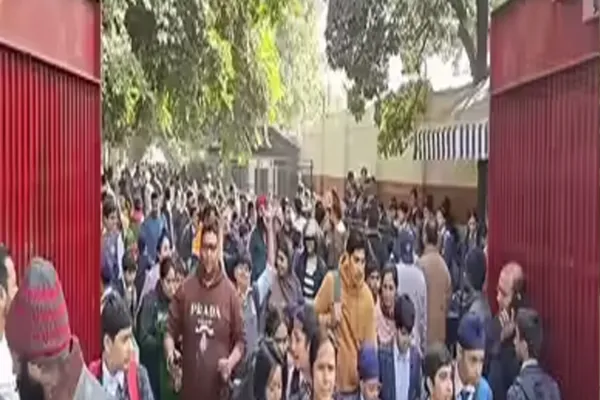i NEWS INTERNATIONAL
A robot recently fell down a flight of stairs in South Korea, leading to its breakdown and subsequent malfunction. This incident, which some may mistakenly refer to as "robot suicide," is more accurately described as a malfunction. While some might sensationalise this incident as "robot suicide," it's important to understand the technical aspects behind such malfunctions. Robots do not have emotions or wills; they are complex machines that rely on precise data and algorithms to function correctly. Malfunctions like this one provide valuable insights that drive continuous improvement in robot design and functionality. Here's a detailed breakdown of what happened and why robots cannot commit suicide. What Happened? On June 26, South Korea's Gumi City Council reported the 'death' of its premier administrative robot officer. The robot, which had been serving as a city council officer, was discovered at the bottom of a six-and-a-half-foot flight of stairs.
Rumours circulated that the robot had committed suicide, leading to significant trolling on social media across the world. Actually, the robot experienced a malfunction which is a technical term meaning that it made an error in its calculations. And this error caused the robot to misstep, lose balance, and ultimately fall down the stairs. Understanding Robot Movements Robots do not have a will or consciousness. They operate on computers that use algorithms to calculate their movements. These algorithms rely on data from various sensors to make decisions about the robot's next steps. If one of these sensors malfunctions and sends incorrect data to the robot's computer, the robot's algorithm may produce incorrect responses. Signs of Malfunction Prior to the fall, there were clear signs that the robot was malfunctioning. It was observed spinning in circles for no apparent reason, indicating that at least one of its sensors was providing faulty data. This incorrect data likely led to the miscalculations that caused the fall.
Credit: Independent News Pakistan









